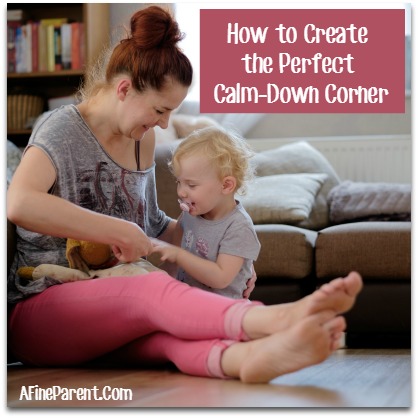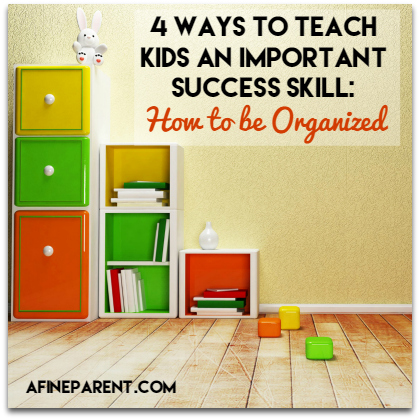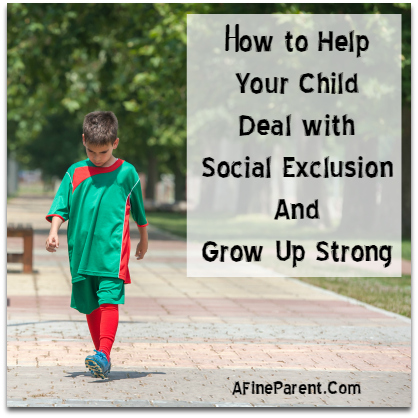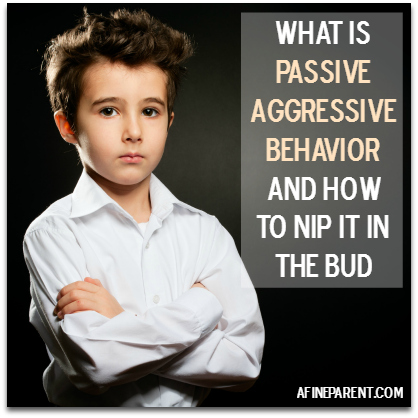 A calm-down corner (or area; it doesn’t have to be in a corner) is a place for angry and upset children to go to engage their minds and release their anger. I used this when my children were little in place of time-out because time-out didn’t work for my sensitive son. Here, I’ll show you how to make the perfect calm-down corner for your child that you can put together today and start to use right away.
A calm-down corner (or area; it doesn’t have to be in a corner) is a place for angry and upset children to go to engage their minds and release their anger. I used this when my children were little in place of time-out because time-out didn’t work for my sensitive son. Here, I’ll show you how to make the perfect calm-down corner for your child that you can put together today and start to use right away.
The Purpose
Becoming and remaining calm during anger is an important skill for children to learn. When we are angry, something significant happens in our brains. We experience an “amygdala hijack” and the primitive part of our brain is activated.
This is the fight, flight, or freeze response.
When we are in our primitive brains, we have limited access to logic and reasoning. We are quick to react without thinking it through. We just aren’t able to think clearly. If you want a more scientific explanation of what happens to the brain when you’re angry, check this out.
The purpose of the calm-down corner is to get out of fight or flight and engage the thinking part of the brain again. Until the anger has subsided, a child can’t really learn the lessons we want to teach about why their behavior is unacceptable and what they should do instead. (The reason why time-out doesn’t work for many children is because it is perceived as a threat or causes further feelings of anger and fear which just keeps the child locked in their primitive brain!)
[Read more…]
 It’s Monday morning and we have a case of the “Where’s my.”
It’s Monday morning and we have a case of the “Where’s my.”

 “Mommy, why won’t Ed and Danny let me play with them?”
“Mommy, why won’t Ed and Danny let me play with them?”
 I hate homework day.
I hate homework day. “Jacob! Come here, please!”
“Jacob! Come here, please!”